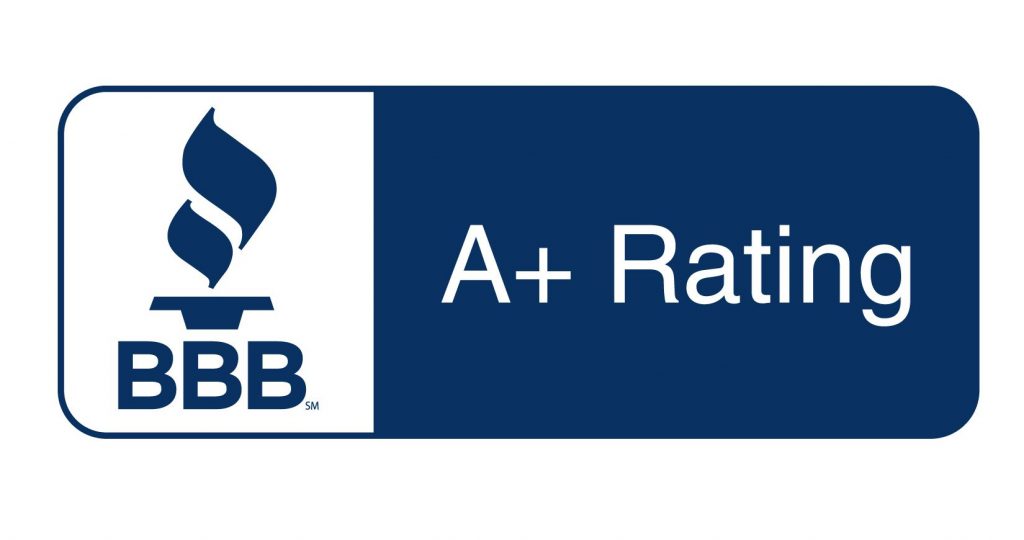Every fall, Medicare beneficiaries across the country have the opportunity to make important choices about their healthcare coverage. This time is known as the Annual Election Period (AEP), and in 2025 it will run from October 15 through December 7. During these seven weeks, you can make adjustments that could have a big impact on your healthcare costs and benefits for the year ahead.
Because the window is relatively short and the decisions are significant, preparation is key. Too many people wait until the last minute, only to feel rushed or overwhelmed. By planning ahead, you can make sure you choose the coverage that best fits your health and budget in 2025.
Understanding the Annual Election Period
The Annual Election Period comes around once a year and gives Medicare beneficiaries the chance to review and change certain parts of their coverage. If you’re enrolled in Original Medicare, you can add or switch a Part D prescription drug plan. If you’re currently enrolled in a Medicare Advantage plan, you can switch to a different Advantage plan or return to Original Medicare. You can also move from Original Medicare into a Medicare Advantage plan during this time.
One point of confusion for many people is whether AEP applies to Medigap policies. The answer is no. Medigap plans, also known as Medicare Supplement plans, do not follow the same rules as Medicare Advantage or Part D drug plans. While you can apply for a Medigap plan at any time of year, the insurance company may require you to go through medical underwriting if you don’t qualify for a guaranteed issue period.
In short, AEP is the window for making changes to your Advantage and Part D coverage. What you choose during this period will go into effect on January 1 of the upcoming year.
Reviewing Your Current Coverage
Before you can decide what changes to make, it’s helpful to step back and look at how your current plan worked for you in 2025. Start by thinking about your out-of-pocket costs. Did you pay more in deductibles, copayments, or coinsurance than you expected? Premiums are important, but sometimes the costs you pay when you actually use your coverage tell the real story.
Next, consider your providers. If you’re on a Medicare Advantage plan, is your doctor still in the network? Were you able to see the specialists you needed? For those with drug coverage, either through a standalone Part D plan or a Medicare Advantage plan, check whether your prescriptions were affordable and consistently covered at your preferred pharmacy.
Finally, think about the extra benefits. Many Advantage plans now include perks like dental, vision, hearing, gym memberships, or even transportation to appointments. If you used those benefits, did they meet your needs? If not, maybe another plan would serve you better.
By taking an honest look at what worked and what didn’t, you’ll be in a much better position to decide if staying put makes sense or if it’s time for a change.
Watch for Your Annual Notice of Change
Each September, your plan (for either Medicare Advantage or Medicare Part D) is required to send you something called an Annual Notice of Change (ANOC). This document outlines all the adjustments your plan will make for the following year. Even if you were satisfied with your plan this year, next year’s version could look very different.
The ANOC will show you whether your monthly premium is going up or down, and it will also list changes to deductibles and copays. Prescription drug coverage is another area where changes are common. A medication that was covered in 2025 may no longer be on the formulary in 2026, or it may move to a higher tier that increases your out-of-pocket cost. Provider networks can also shift, and some doctors or hospitals may not remain in-network.
The problem is that many people set the letter aside and never review it carefully. By doing so, they end up surprised in January when their costs or coverage are no longer what they expected. Reviewing the ANOC as soon as it arrives is one of the most important steps in preparing for the Annual Election Period.
Consider Changes in Your Health or Lifestyle
Even if your plan stays mostly the same, your personal situation may not have. Perhaps you were diagnosed with a new condition, began taking additional medications, or now need to see a specialist more often. These health changes could mean that another plan would save you money or provide better access to care.
Lifestyle changes are equally important. Maybe you’re traveling more often, or perhaps you’ve moved to a new city. Medicare Advantage plans are based on local networks, so what worked for you in one county may not be as effective in another. Anticipating your needs for the coming year will ensure your coverage matches the way you actually live.

Compare Plans Carefully
It can be tempting to simply stick with what you have, especially if it feels like it worked “good enough.” But Medicare plans change every year, and what was the best option last year may not be the best option next year. Carriers often compete by adjusting benefits, lowering premiums, or enhancing drug coverage, and those updates could mean better value for you.
When comparing plans, it’s wise to look beyond the monthly premium. A low premium may seem appealing, but if the deductibles and copays are high, you could end up paying much more out-of-pocket. You’ll also want to check whether your doctors, hospitals, and preferred pharmacy are included in the network.
Prescription drug coverage requires special attention. Formularies vary widely, and the difference between two plans could add up to hundreds of dollars over the course of the year depending on your prescriptions. Finally, don’t overlook the extra benefits. Things like dental coverage, vision exams, hearing aids, or wellness programs may be deciding factors if multiple plans look similar on paper.
How a Licensed Agent Can Help
Sorting through Medicare plans can feel like trying to put together a puzzle without the picture on the box. That’s where working with an experienced, independent brokerage like Carolina Senior Benefits can make all the difference.
As independent agents, we’re not tied to a single insurance company. Instead, we have access to a wide range of carriers and plan options, which allows us to make recommendations based solely on your needs and budget. We take into account your doctors, prescriptions, and personal preferences, then help you compare plans side by side.
Our team also understands the fine print. We can walk you through the costs, explain how formularies work, and highlight differences that may not be obvious at first glance. Best of all, our services come at no cost to you. The insurance companies pay us, so you get personalized guidance without paying a fee.
And our support doesn’t end once you enroll. If you have questions about your coverage during the year, need help resolving an issue, or want to prepare for next year’s AEP, we’re here for you.





